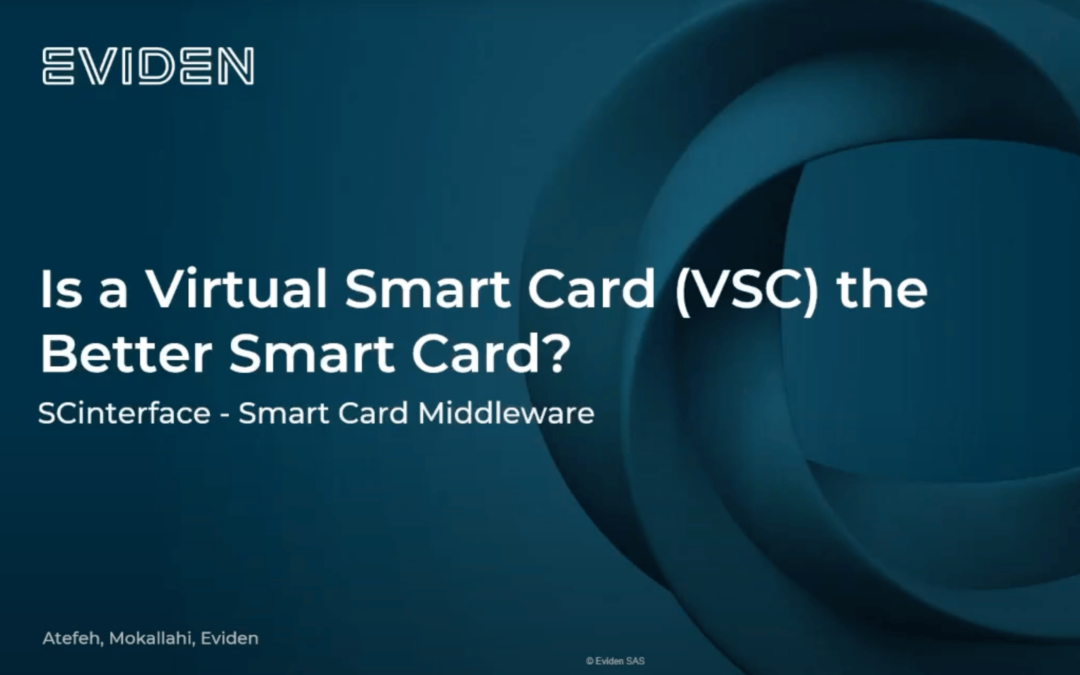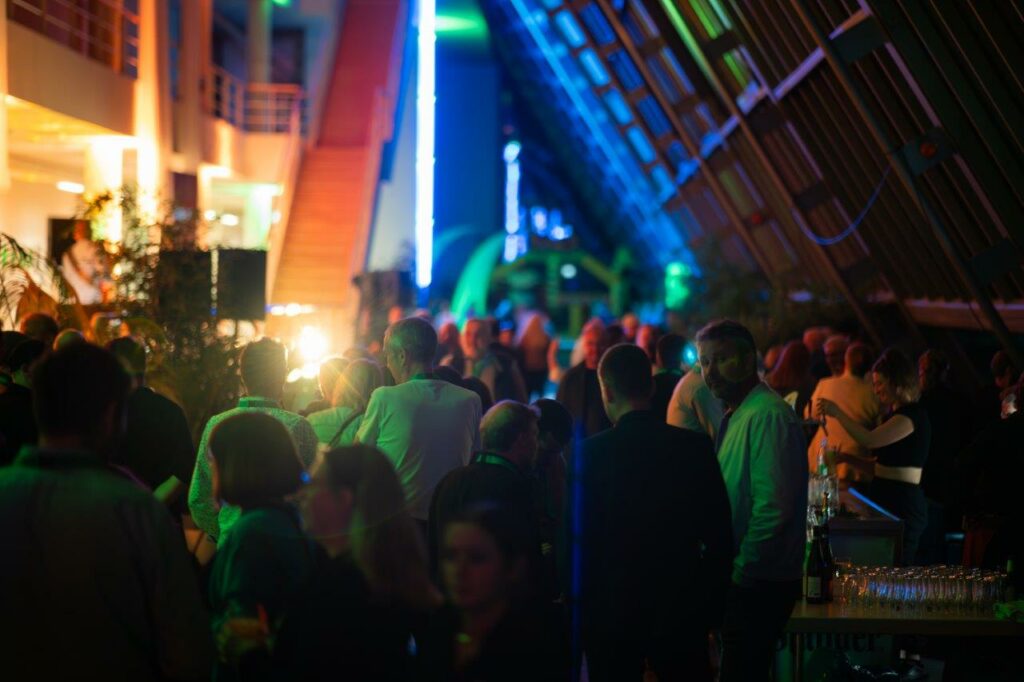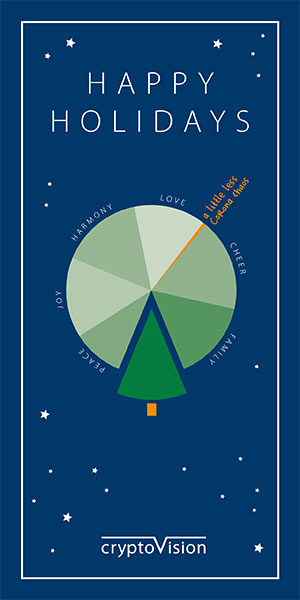
Virtual Smart Card: hassle-free authentication is here

Atefeh Mokallah | Eviden Digital ID
“Hi there, I’m Ati, Product Manager for SCinterface, and I’d like to introduce you to a solution that’s revolutionizing secure access: SCinterface Virtual Smart Card (VSC).”
Imagine a world where managing credentials is simple and stress-free. Security should not be complicated. With SCinterface Virtual Smart Card (VSC), authentication becomes effortless. This solution consolidates all security needs into one robust platform. Now, you can navigate multifactor authentication with confidence and ease. Plus, you gain full control and peace of mind.
SCinterface VSC integrates physical, remote, and virtual smart cards. It also provides secure key storage and advanced cryptographic capabilities. As a result, organizations can stay ahead of evolving security threats. Additionally, it reduces costs, shortens delivery times, and ensures comprehensive protection. Whether for certificate-based authentication, SSO logins, digital signatures, decryption, or VPN connections, SCinterface VSC covers all bases.
The newest member of the family: SCinterface Virtual Smart Card
Switching to a Virtual Smart Card simplifies operations and enhances security. At the same time, it makes credential management easier. No more struggling with physical tokens. With SCinterface VSC, credentials remain securely stored on your device. This means authentication is seamless, whether you are at home, in the office, or on the go.
No matter your role, SCinterface VSC adapts to your needs. It delivers reliability, efficiency, and top-tier usability.
Curious to learn more?
Watch our webinar and see SCinterface VSC in action. We provide a live demonstration along with an in-depth look at its features. Learn how to simplify secure authentication for your organization today.
 CLOUD SERVICES
CLOUD SERVICES CITIZEN ID
CITIZEN ID IT SECURITY
IT SECURITY IOT and INDUSTRY
IOT and INDUSTRY PKI SOLUTIONS
PKI SOLUTIONS CREDENTIAL MANAGEMENT
CREDENTIAL MANAGEMENT SECURITY TOKEN & HARDWARE SOLUTIONS
SECURITY TOKEN & HARDWARE SOLUTIONS SECURITY APPLICATIONS
SECURITY APPLICATIONS








